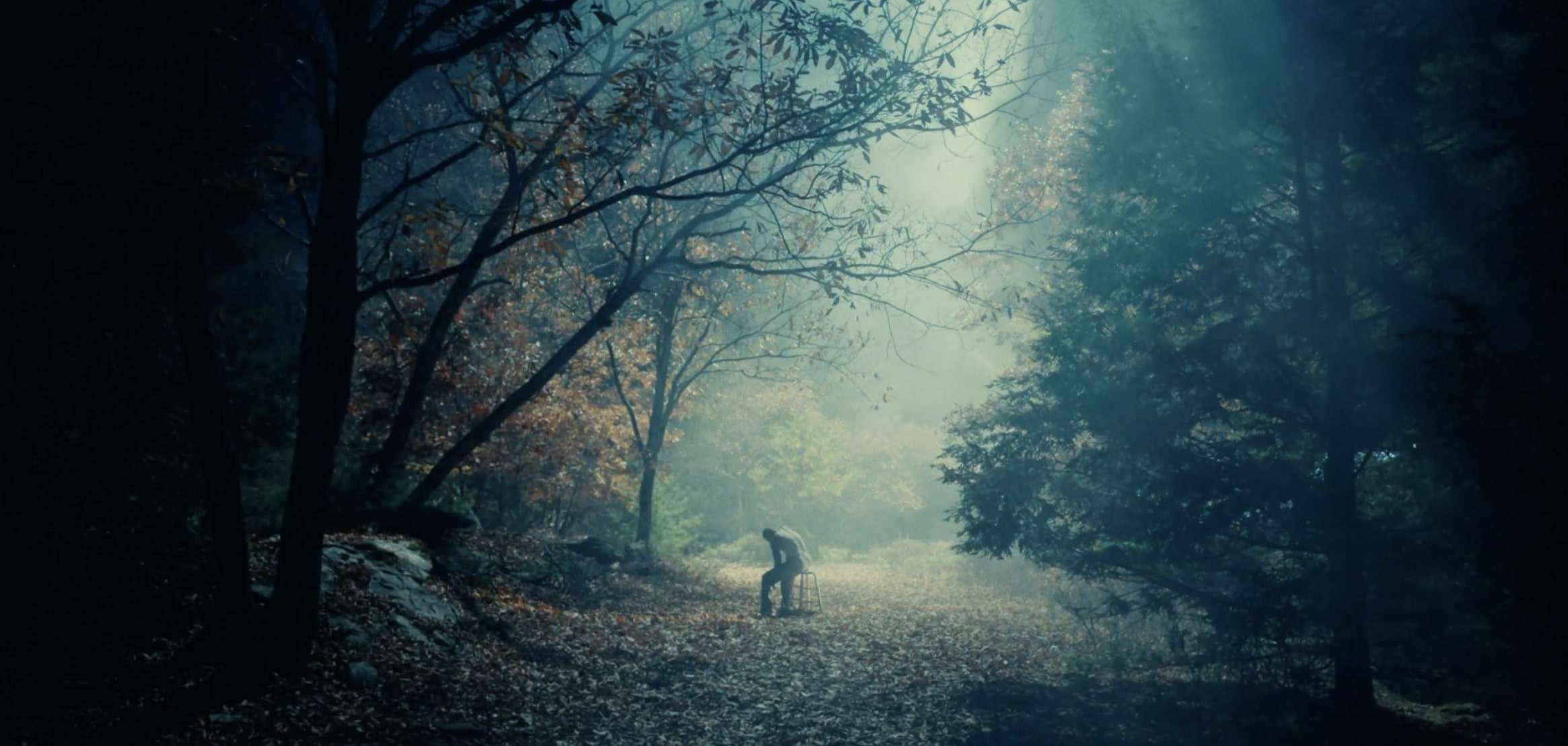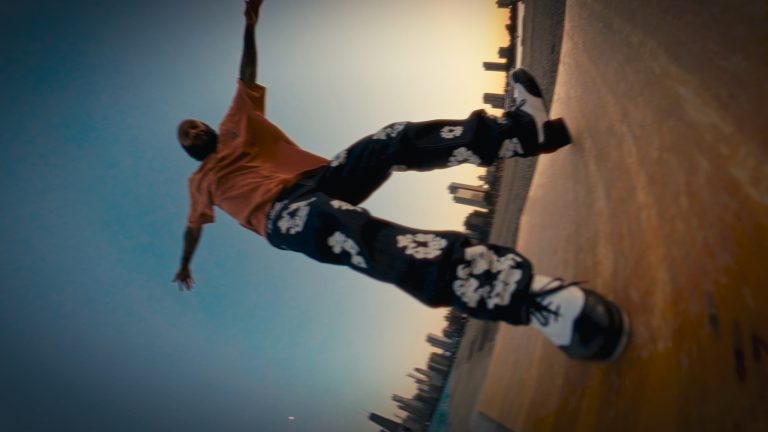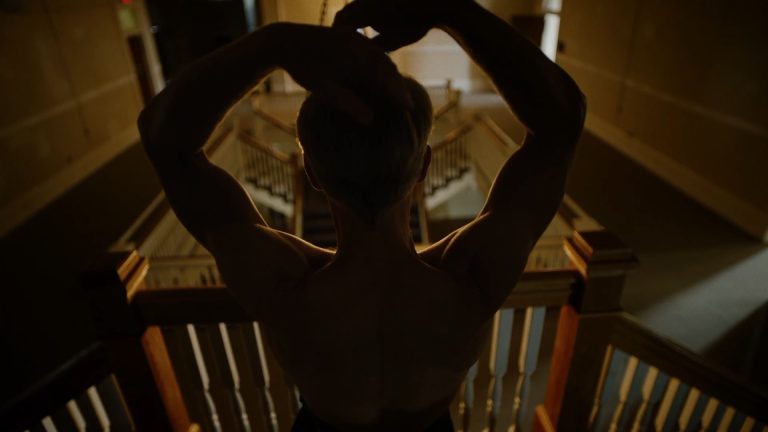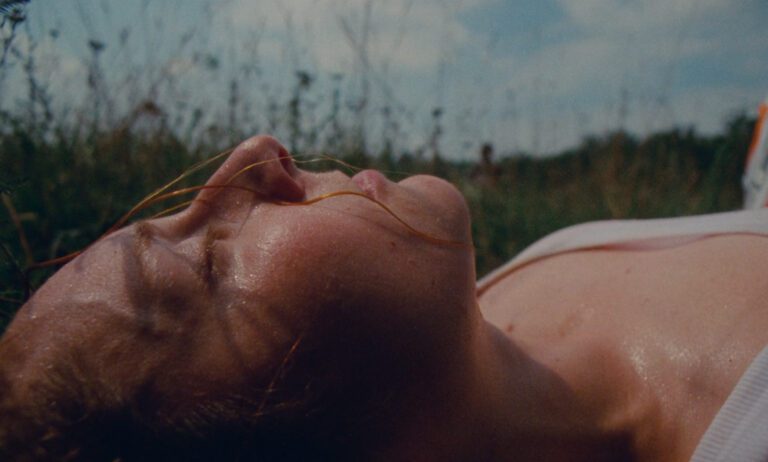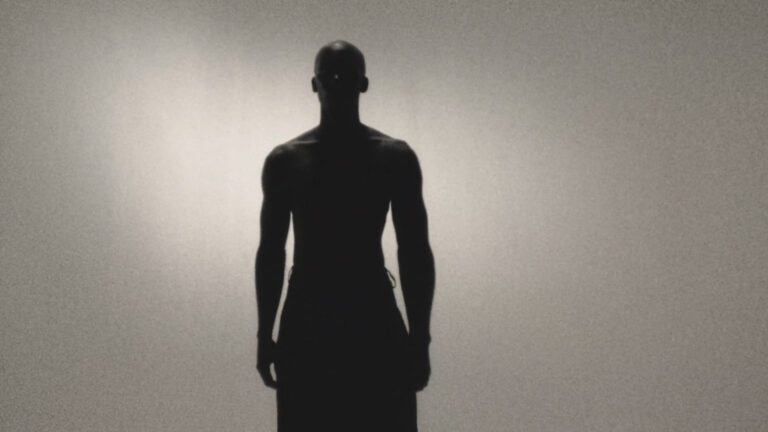Suggested Terms
Director
Location
Format
Festival
Agency
Production Company
Record Label
Award
Country
- United States
Production Company
-
Jacob Jonas The Company
March 2021
Andre Bato directs ‘Edging Normal’.
A metaphorical tale of a man’s struggle in letting go of his past in order to feel completely free – we find our protagonist, portrayed by Desmond Richardson, stuck in a limbo-like cycle while attempting to achieve a breakthrough.
In collaboration with Desmond Richardson, and Jacob Jonas.
Country
- United States
Production Company
-
Jacob Jonas The Company
Credits
-
Director
-
Director of Photography
Arseni Khachaturan →
-
Choreographer
Jacob Jonas →
-
Casting Director
Desmond Richardson
-
Composer
Steve HackmanDave Koz
